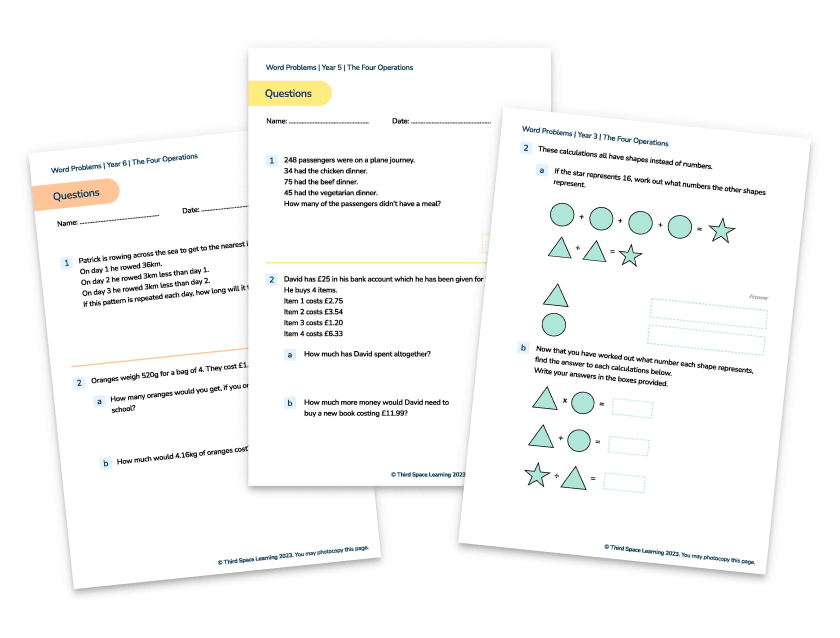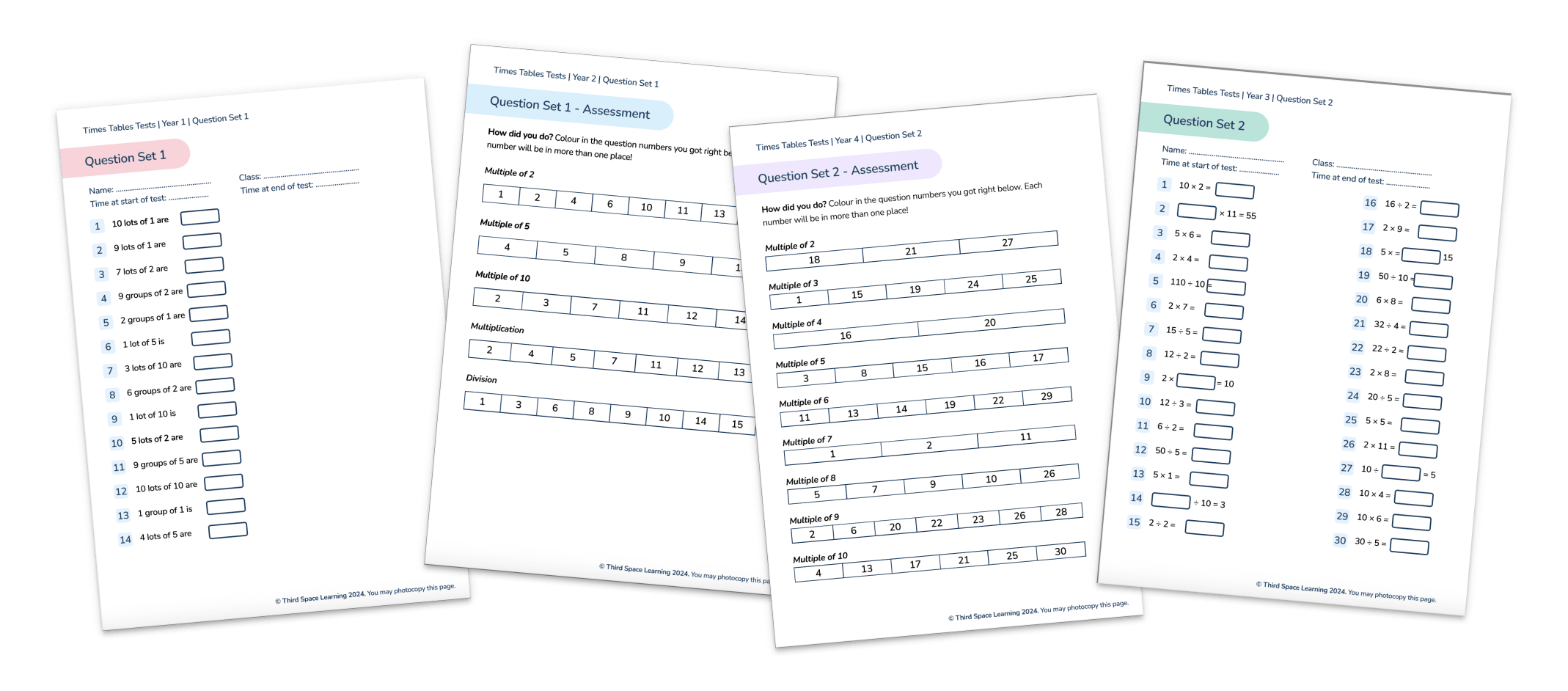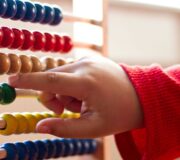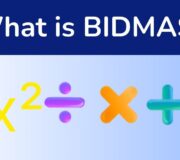Times Tables Check: Explained For Year 4 Teachers & Parents
The times tables check is administered at the end of Year 4 and helps teachers and school leaders identify which pupils are secure in their multiplication tables and which pupils may need additional support to get there.
First announced by the Department for Education (DfE) in September 2017, full roll out of the times tables test was postponed due to Covid-19 but in 2022, the times table check was rolled out to all schools for the first year.
When is the Multiplication Tables Check 2026
The Multiplication Tables Check 2026, otherwise known as the Times Tables Check or MTC, is to be administered by schools between Monday 1st June and Friday 12th June 2025.
Any pupils absent in the first two weeks of June can sit the MTC the following week, Monday 15th June to Friday 19th June.
In this article, we explain everything you need to know about the times tables check, including answering the most frequently asked questions by teachers and parents.
If you’re a primary school teacher or school leader looking to support parents to understand the Multiplication Tables Check we have a free downloadable resource to help you; the Multiplication Tables Check Presentation For Parents is ready to go as is or adaptable for the needs of your school.
FAQs on the Year 4 Times Tables Check
What is the Year 4 Times Tables Check?
The Year 4 Times Tables Check, or Year 4 Multiplication Tables Check, is an annual check that Year 4s in England have a good level of times tables knowledge. Each child’s results will be known to the school and the government will have a national picture. However there will be no publication of a school’s times table check results and they will not be one of a school’s accountability measures.
The Year 4 Times Tables Test is an online test with 25 questions; children must answer each question within a 6 seconds time limit so the whole test will take less than 5 minutes.
Times Tables Tests for KS1 and KS2
30 FREE printable practice times tables tests for Years 1, 2, 3, 4, 5, 6 - includes all the answers and assessment grid that children can complete to see gaps.
Download Free Now!Why has the government introduced the times tables check?
The three Rs still reign supreme in the national curriculum – reading, wRiting and aRithmetic.
Times tables fall under arithmetic. All primary school-aged children are expected to know their times tables multiplication up to 12 x 12 by heart. In fact, they are expected to have mastered their times tables by the end of Year 4.
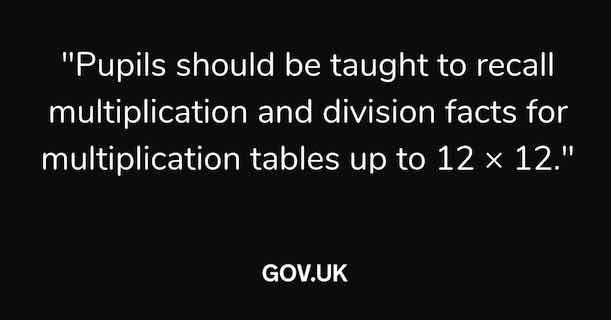
Before its compulsory introduction in 2022, there had been no formal measure to judge whether children in England had learnt their times tables or not. The purpose of the MTC is quite simply to check whether pupils know their tables well before their Year 6 SATs performance.
The Multiplication Tables Check is to be taken towards the end of Year 4 to make sure children are meeting the benchmark of memorising their times tables up to 12 x 12 before moving up to Upper Key Stage 2 (Year 5 and Year 6).

Unlimited primary maths tutoring with Skye, the voice-based AI maths tutor.
Built on the same principles, pedagogy and curriculum as our traditional tutoring, but with more flexibility, reach and lower cost.
Join the schools already helping hundreds of primary pupils nationwide with Skye’s one to one maths tutoring.
Watch Skye in actionWho will take the times tables check?
Children in Year 4 in England and Wales will take part in the times tables check.
Schools have a three-week window in the month of June to have their Year 4 children sit the test, but will be free to choose which day within that three-week period they choose to sit it.
All state schools in England, including maintained schools, special schools, academies and free schools will be required to enter their children for the Multiplication Tables Check. In 2022, 96% of eligible Year 4 pupils took the check (gov.uk).
There are access arrangements available for pupils with additional needs, such as English as an additional language (EAL) and pupils with special education needs (SEND).
If you’re a parent concerned about your child, contact your school to see how they will be supported. All schools must provide a valid reason if a pupil enrolled at their school does not take part.
What is the format of the Year 4 times tables check?
The Multiplication Tables Check is an online, on-screen digital assessment – meaning pupils will take the test on a desktop computer, laptop or tablet (such as an iPad) at school.
A further bonus for teachers and markers alike – the programme that the test runs on will automatically mark each child’s times tables test.

The times tables test will be timed, with the entire assessment lasting approximately 5 minutes in total. The children will be set 3 practice questions to begin with – mostly from the one times table.
Following the practice questions, the test itself will comprise of 25 questions, all formatted, for example, as 2 x 5 = with the child required to input the product or result, which in the example we’ve provided would mean inputting the answer 10.

Children will be given six seconds to answer each of the questions, with a three second blank gap between each question. This is where children’s instant recall of their times table will help them greatly!
According to the MTC assessment framework, children will only be tested on their multiplication facts; there will be no testing of division facts.
How will the times table check questions be selected?
The questions will be randomly selected by the testing programme from 121 different options, ranging from 2 x 2 = up to 12 x 12. The test’s software has been programmed to show children more questions from the 6, 7, 8, 9 and 12 times tables, as these are trickier times tables focused on more in Years 3 and 4. (The 2s, 5s and 10s are more of a focus in Years 1 and 2.)
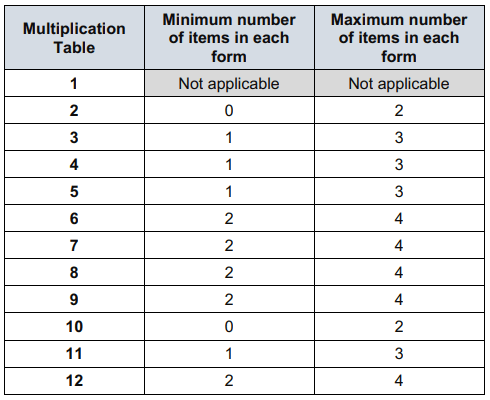
Another point to note is that if children are shown a multiplication one way round, for example, 6 x 7, they will not be later tested on the multiplication inverted – so, with the example provided the child would not be asked 7 x 6 later on in their set of 25 questions.
How will the Year 4 times tables check scores be marked and reported?
Each child’s result will be passed on to their school, and the DfE will create a report on overall results across all schools in England to measure whether national times tables results improve over the coming years. There is no pass mark.
It is understood that most schools will not tell children their results, however parents can ask for results if schools don’t share them.
One thing is for sure though – a school’s results will not be published in any public way, nor will they be used in informing any type of league or performance table.
What is a good or bad score in the Year 4 times table check?
There is no good or bad score. In 2022, the mean average score of pupils taking the times table check was 19.8.
The most common score for pupils was full marks (25). 27% of all pupils taking the times table check achieved full marks.
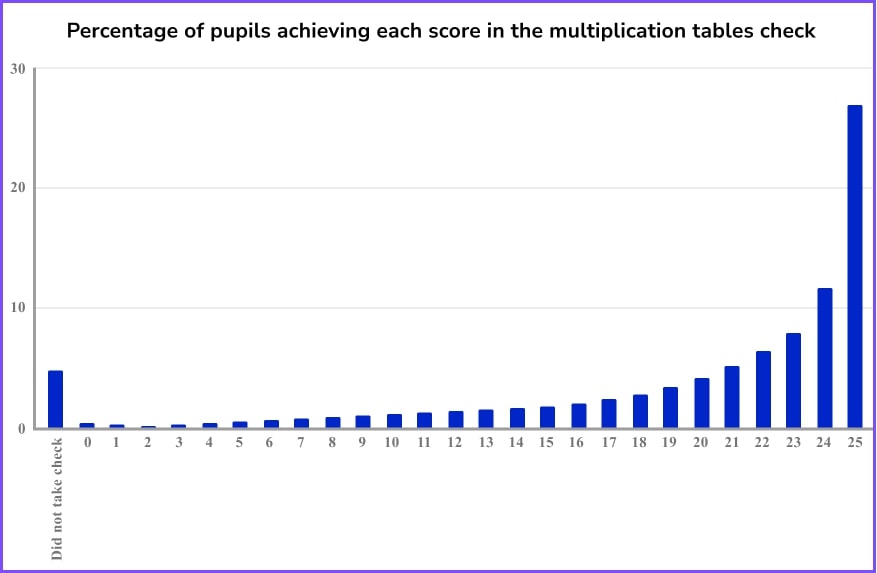
What if a child does badly in their times tables check?
No child will fail the times tables test as no pass mark has been set. It is also important to note that all children will be tested on is their times tables knowledge – with no problem solving skills being assessed and not even a single division question being asked!
Children in Year 4 will only be asked times tables questions, like 3 x 3 = 9.
The DfE state that the motivation behind the multiplication tables check is purely to allow teachers a chance to identify children who need some more help with their times tables to stop them from falling further behind their peers as they move up to Year 5 (and then Year 6).
Third Space Learning’s online tuition programmes help students to learn and strengthen their times tables skills. Our online maths tutoring identifies gaps in pupils learning and addresses them early through tuition to avoid gaps widening as they move onto more complex topics.
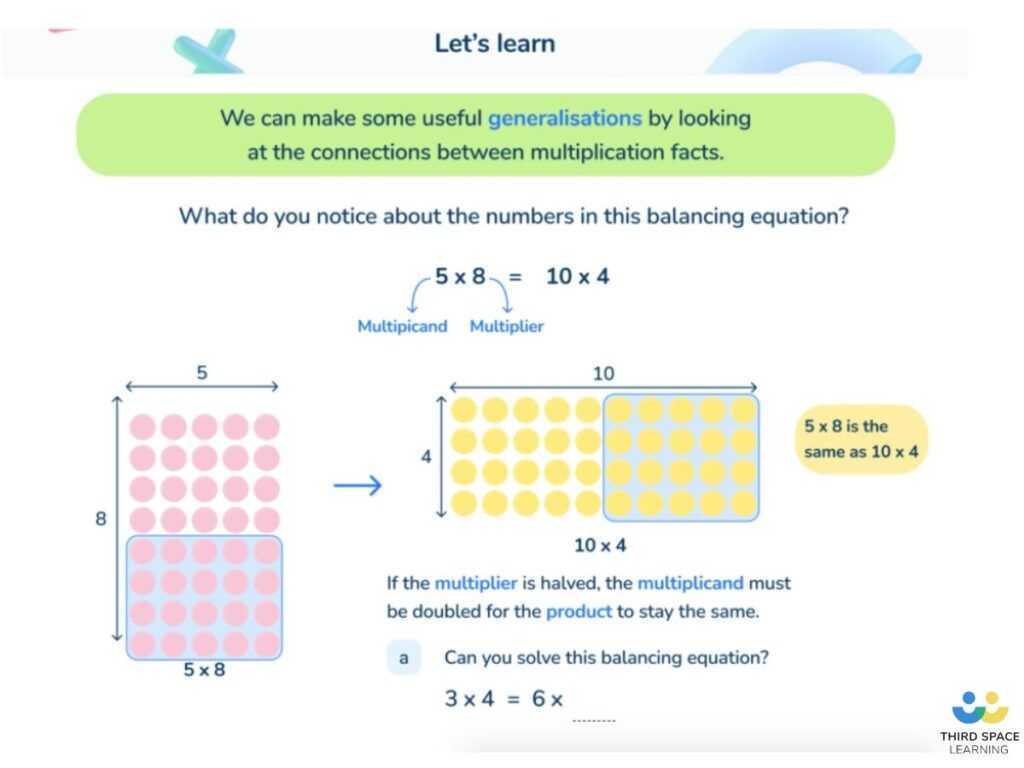
What can parents do to prepare children for their times tables check?
Even though many schools have chosen to streamline their homework policies, knowledge of the times tables (along with home reading) are seen as an area for parents to support their children in their learning. And this is one numeracy skill that is definitely used by adults in everyday life.
We recommend lots of of strategies to support a child in the run-up to the times tables test. Many of these are taken from our article on the best way to learn times tables, and we have several year 4 maths worksheets, times tables worksheets, times tables tests and times table grids free resources to download.
Here are some ideas:
- Times tables chanting: “6, 12, 18, 24…”;
- Times tables chanting in reverse order: “108, 99, 90, 81…”;
- Using times tables songs, like Schoolhouse Rock’s ‘3 is A Magic Number’;
- Using apps – our favourites are Times Tables Rock Stars or Hit the Button
- Asking your child multiplication calculations out of order, like: “What is 4 x 7? What is 9 x 5? What is 6 x 11?” to develop fluency and mental maths;
- Using a multiplication square and skip counting to build confidence;
- Using pasta pieces or pebbles to solidify the concept of multiplication, e.g. four groups of three pasta shells to show 3 x 4 = 12;
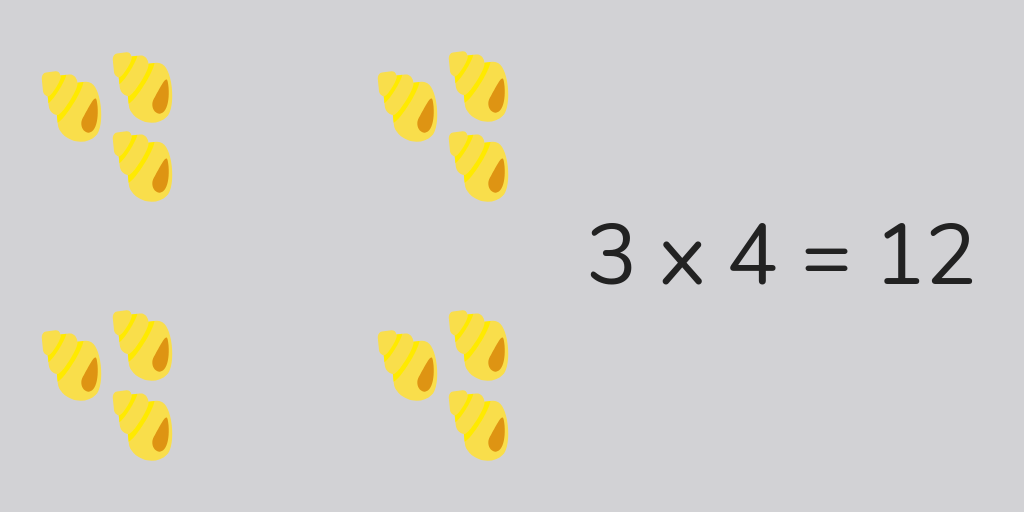
- Asking related short division questions, like “What is 12 divided by 4? What is 55 divided by 11?”;
- Asking word problems based on times tables, like: “If five friends have £3 each, how much money do they have in total?”;
- Make learning multiplication tables fun and a little bit competitive with these maths games, multiplication games and times tables games;
- Trying out active ways of learning times tables, like our times tables practice ideas with pavement chalk:
Read more
- Government guidance on the multiplication tables check for parents
- How to help with times tables at home
- How to learn times tables
I’m a parent. What does this mean for me?
The sooner you can help your child achieve mastery of their multiplication tables, the better!
Of course, children will develop at their own pace, so if you have a multiplications maestro at home who has mastered their 7, 9 and 12 times tables by the end of Year 2, you’re probably going to want to find extra challenge for them in Maths.
If your child is still getting to grips with their 2s, 5s and 10s in Year 5 or Year 6 – that’s OK too, remember Einstein failed his maths at primary school!
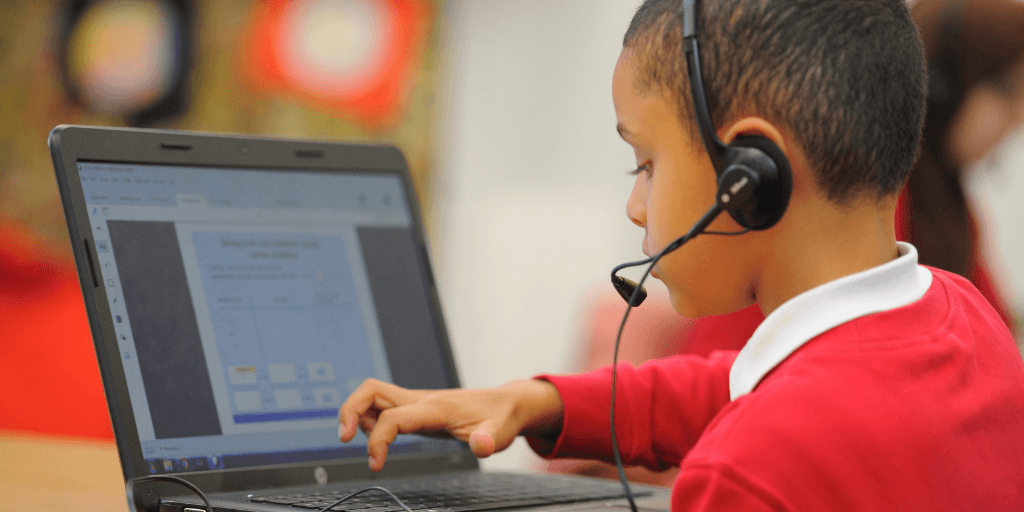
The Multiplication Tables Check is a newly introduced annual check on the times tables knowledge of Year 4s in England and Wales.
The test will be taken in June. There is no set date on which all schools have to sit it, just a period of time – the 3-week check window – when it must be completed.
There is no pass mark, fail, nor expected standard threshold. It is intended that schools use their own judgement as to any actions needed after the results.
By the end of Year 3, children should be fluent in the 2, 3, 4, 5, 8, 10 times tables, and then by the end of Year 4 children should know all their times tables up to 12 i.e. the 1, 2, 3, 4, 5, 6, 7, 8, 9, 10, 11, 12 times tables.
DO YOU HAVE STUDENTS WHO NEED MORE SUPPORT IN MATHS?
Skye – our AI maths tutor built by teachers – gives students personalised one-to-one lessons that address learning gaps and build confidence.
Since 2013 we’ve taught over 2 million hours of maths lessons to more than 170,000 students to help them become fluent, able mathematicians.
Explore our AI maths tutoring or find out about online maths tuition for your school.
